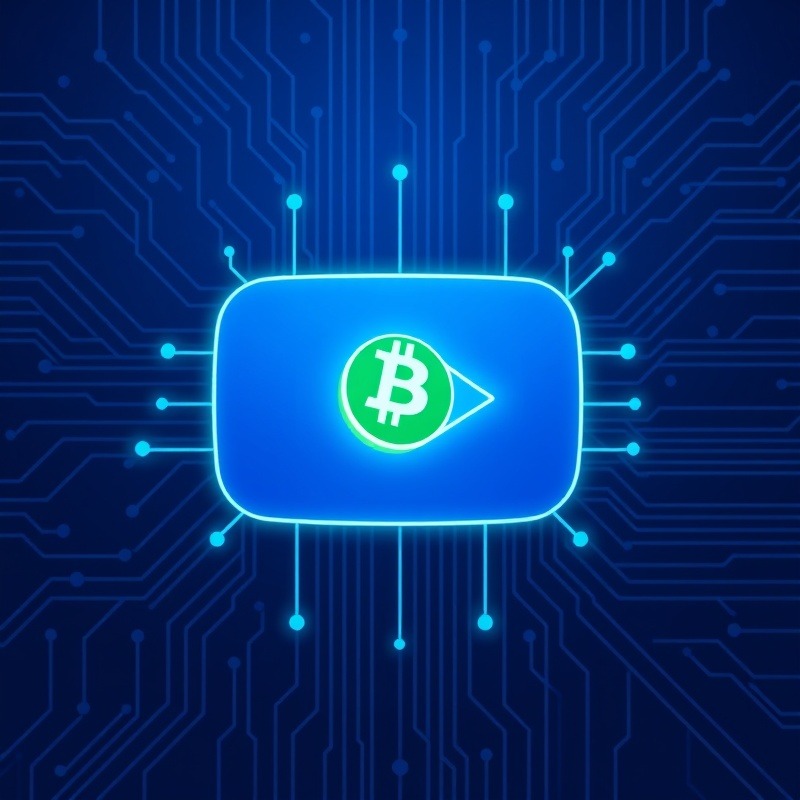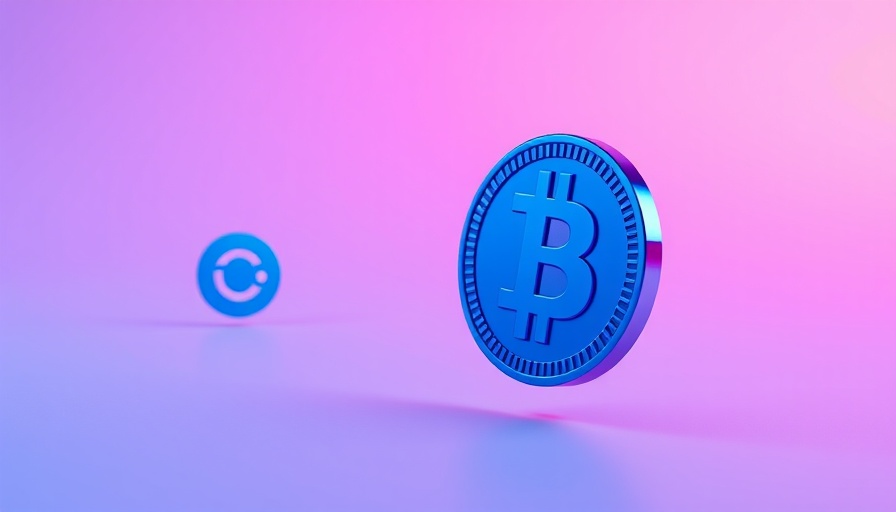
Understanding the Pi Network: Revolutionary or Risky?
The Pi Network has sparked a significant debate in the cryptocurrency community since its launch in 2019. Founded by a team of Stanford PhDs, Pi aims to democratize crypto mining, making it accessible to everyone with a smartphone. By simply downloading the Pi app and tapping a button daily, users can mine Pi tokens without the hefty energy bill traditionally associated with mining, especially in networks like Bitcoin.
In 'The Pi Network & Pi Token - A Daily Clicking Scam or HUGE airdrop? (Explained with Animations)', a discussion unfolds around the innovative yet controversial concept of the Pi Network, prompting us to delve deeper into its key elements and implications.
The Mining Process: Simplified for All
Unlike Bitcoin, which requires substantial computing power and energy for mining through the Proof of Work consensus mechanism, Pi offers a novel approach. Using a trust-based system inspired by the Stellar consensus protocol, Pi allows users to contribute to a decentralized network just by being active on the app. This not only lowers the barrier to entry for mining but also leverages the power of smartphones to keep the process environmentally friendly.
What’s the Catch? Concerns Surrounding Pi
While the allure of easy mining is appealing, there are legitimate concerns surrounding the Pi Network. For starters, as of now, the Pi token holds no real-world value and is not exchangeable on any market until the official mainnet is launched. Critics argue that these factors raise red flags about the long-term viability of the project. The delayed mainnet launch, initially promised for 2021 and now tentatively pushed to early 2025, has led many to speculate whether Pi can maintain user interest over time.
Pyramid Schemes or Community Building?
Another contentious point is the network's reliance on a pyramid-like referral system to incentivize users. Each time a current user invites new members, both parties can earn more Pi tokens. While Pi insists it's not a traditional multi-level marketing scheme, the structure raises ethical questions about sustainability and fairness. If new users are continually required to bring others in to sustain earnings, can the network truly remain equitable?
Tokenomics: Understanding the Value Structure
The total supply of Pi tokens is capped at 100 billion, with a majority allocated to users who mine. However, the lack of a clear monetization strategy poses risks. Users are incentivized to lock in their rewards for promised higher mining rates, yet as seasoned investors know, inflation can dilute returns. Without meaningful strategies to sustain its ecosystem, Pi could face inflationary pressures that decrease overall token value.
Does Pi Have a Future?
For some, the goal of the Pi Network—to enable financial inclusion—is noble. It offers a hassle-free way for newcomers to dip their toes into cryptocurrency and blockchain technology. However, many observers remain skeptical about its economic model. Without concrete value, liquidity, and a robust user engagement strategy, the question remains: will Pi rise to become a meaningful player in digital finance or remain a novelty?
Conclusion: The Path Ahead for the Pi Network
As policymakers and enthusiasts keep an eye on developments, the Pi Network holds valuable lessons about market adoption and the requirements for a successful cryptocurrency launch. Although there are many uncertainties, no financial investment is inherently lost in participating besides time. For beginners exploring crypto, Pi offers an interesting case study about blockchain, economics, and community engagement.
Act Now: Dive Deep into Cryptocurrency Understanding
For those eager to understand more about the rapidly evolving world of DeFi, NFTs, and other aspects of digital assets, it's vital to stay informed. Consider joining online courses or engaging with community resources like Crypto News platforms to amplify your financial knowledge and invest wisely.
 Add Row
Add Row  Add
Add 




 Add Row
Add Row  Add
Add
Write A Comment